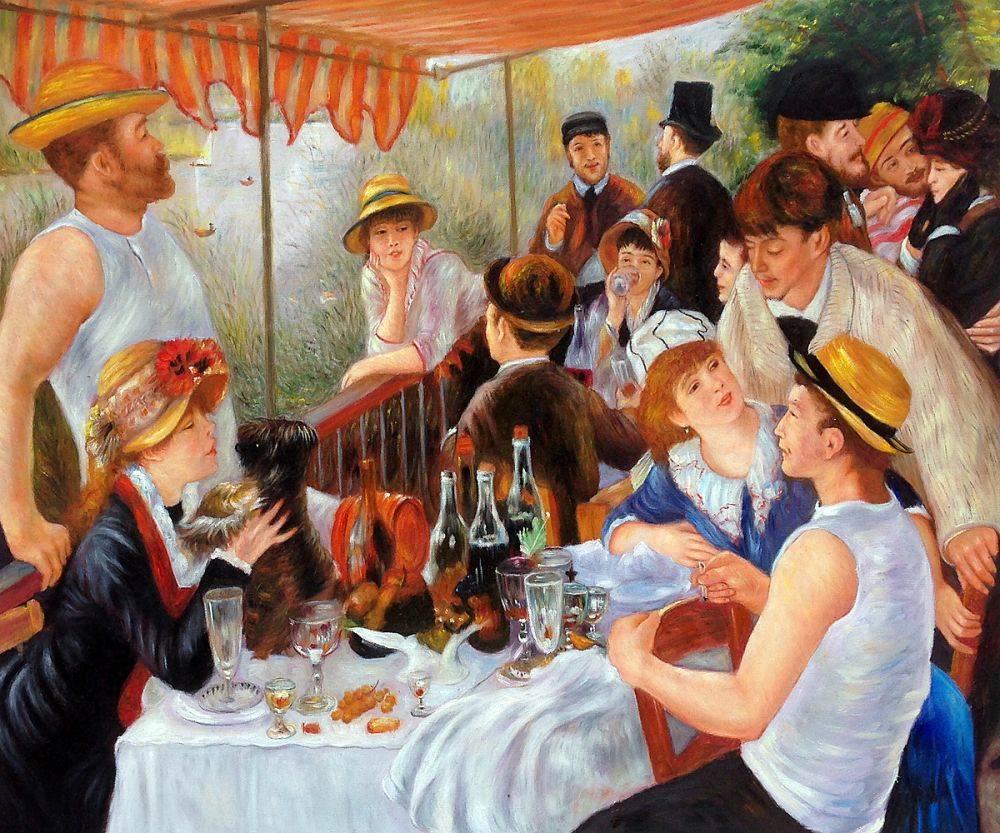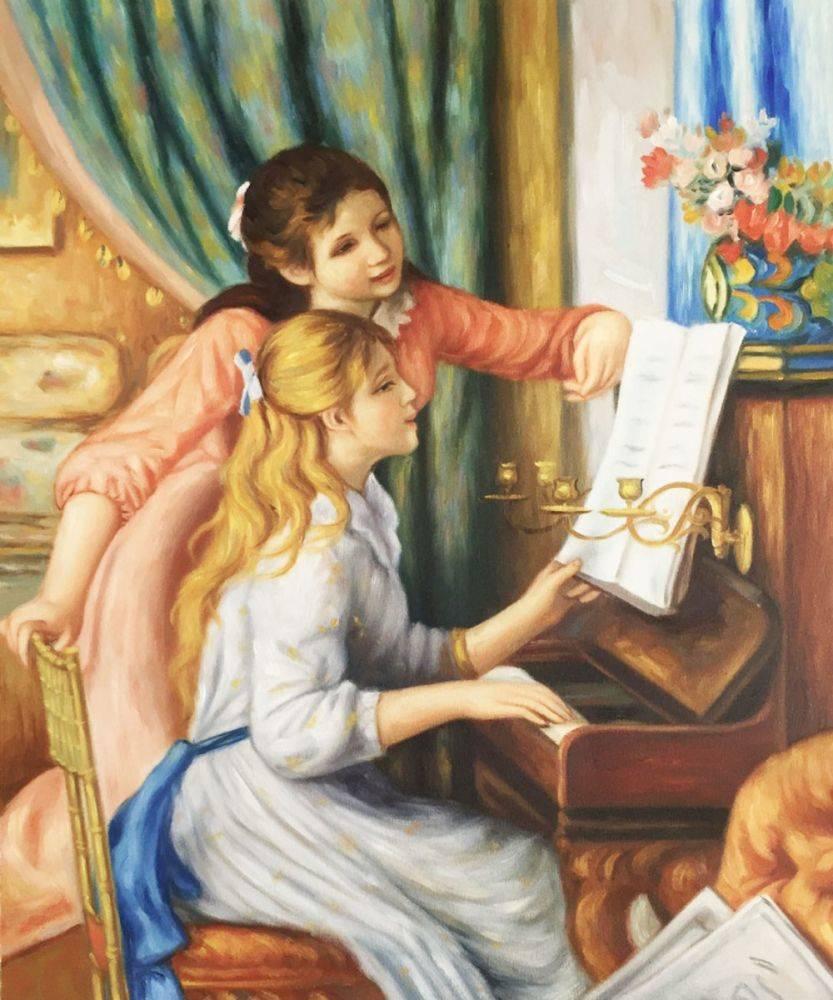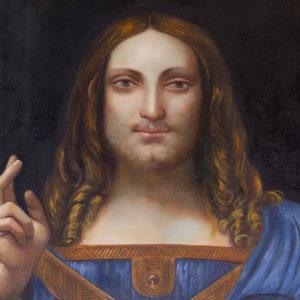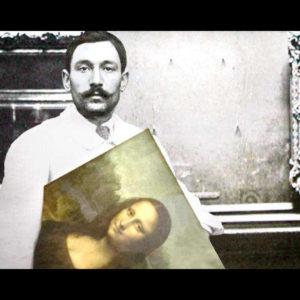Art
Lady With an Ermine and The Borgias
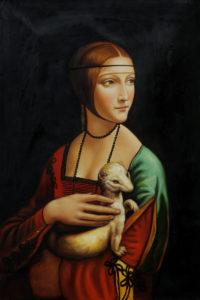 The sitter for the famous Da Vinci portrait, Lady with Ermine, is a beautiful and talented lady – Cecilia Galerani. On the portrait she is about sixteen, already a woman, whose life took a few dramatic turns in the hands of her ambitious father. Not of noble birth, he tried to arrange the marriage of his ten-year old daughter into a noble family. What is known next is that the marriage never took place and a few years later she became the mistress of her father’s patron, the Milanese duke Ludovico Sforza, known as Ludovico el Moro. His unattractive appearance and the suspicious death of his nephew under his regency created a monstrous aura around his personality, which is reflected in the recent TV series The Borgias.
The sitter for the famous Da Vinci portrait, Lady with Ermine, is a beautiful and talented lady – Cecilia Galerani. On the portrait she is about sixteen, already a woman, whose life took a few dramatic turns in the hands of her ambitious father. Not of noble birth, he tried to arrange the marriage of his ten-year old daughter into a noble family. What is known next is that the marriage never took place and a few years later she became the mistress of her father’s patron, the Milanese duke Ludovico Sforza, known as Ludovico el Moro. His unattractive appearance and the suspicious death of his nephew under his regency created a monstrous aura around his personality, which is reflected in the recent TV series The Borgias.
In reality he was a wise ruler and a patron of the arts and his court was one of the major cultural centers of the time. His beautiful, well-educated fifteen-year old bride, Beatrice d’Este, became the center of Milan’s numerous festivities and the heart of poetic, philosophical, and artistic circles for the next six years of her married life.
The image presented in The Borgias – an ugly monster sitting in his dark cave-like castle and feeding bones to his caged nephew – does not exactly correspond with the extravagant balls and celebrations the Milanese court was known for. As far as it is known, the largest disappointment Cecilia must have experienced at Sforza’s court was his marriage to the noble Beatrice d’Este in the same year when Cecilia gave him a son. Otherwise, she was well provided for by Ludovico who even arranged a prestigious marriage for her.
Leonardo da Vinci spent many years of his life serving Ludovico Sforza in different capacities, including painting a portrait of his favorite mistress. Cecilia is shown in an elegant turn, as graceful as the charming white ermine she is holding, the symbol of purity and the personal emblem of Ludovico.
The original of this painting is not easy to see as its home is the Czartoryski Museum in Kraków, Poland. Fortunately it is among the best-preserved creations of Leonardo.
Leonardo da Vinci was a true Renaissance Man with numerous extraordinary talents and skills. His genius revealed itself in an incredible range of fields. Although we know him as one of the greatest painters in history, he considered himself rather an excellent architect and military engineer who could also paint. His interest in science was such a huge part of his nature that he could not stop himself from experimenting and taking risks with all of his various projects. As a result some of his creations were lost and many require lots of care to survive. “Lady with an Ermine” has survived almost unaltered. His signature techniques and fingerprints, found on the surface, prove that it was created entirely by his hands.

